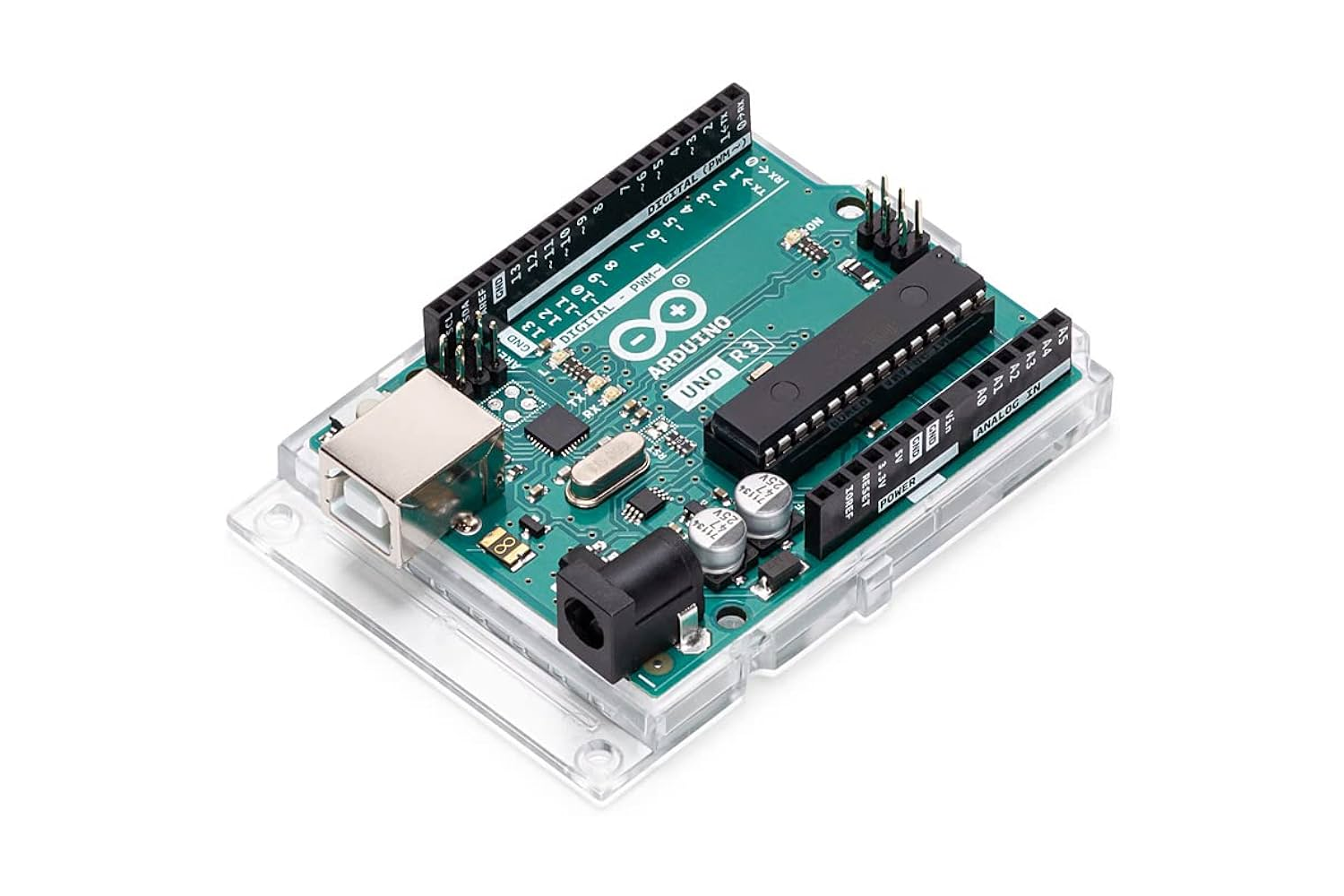As a developer, I've always been intrigued by the connection between physical and digital realms. The Internet of Things (IoT) was a big deal just a few years ago. Many people envisioned a world where everything would be connected to the Internet, sending and receiving signals, and enabling endless possibilities. Over time, IoT devices have indeed become quite popular in some scenarios, such as home automation. Other use cases, however, have not taken off as expected. Among them is shopping.
A connected world makes it easy to get inputs from the physical world, such as physical buttons or voice commands, and trigger any action, including ordering goods and services online. Do you remember the Amazon Dash Button? You could place a colored, physical button anywhere in your home to re-order coffee, washing machine detergent, toothpaste, toilet paper, etc. from Amazon with just the touch of a finger.

It was a brilliant idea, but having dozens of physical buttons on the walls of your home was not as appealing as someone at Amazon had envisioned, so the project was discontinued in March 2019.
Bt.tn is another interesting project, still active, that you can program to do anything you want. By pressing a button, you can trigger a preset action, such as an HTTP POST to any endpoint and connect any other device or API. Similar to the Amazon Dash Button, Bt.tn lets you pre-configure re-ordering processes and manage all your buttons using an API or a native web dashboard.

The idea of a single button that can trigger any action, like purchasing a product, is quite appealing to me, even though I've never seen one of those devices in real life. No matter how small the business opportunity is for these types of projects, I believe there is a huge potential, especially in the educational field where kids can learn how things work and imagine something that hasn't yet been invented.
As a father of two, I use Arduino to teach my children how to code and inspire them to think like makers. Arduino is an incredible project (made in Italy) that allows people to easily access advanced technologies that interact with the physical world. Boards, shields, and carriers can be assembled and programmed to build any connected device in a relatively easy way.

By connecting Arduino to a commerce API, you can prototype your own Dash Button or create new shopping experiences that connect the physical world to the digital one. There is a possibility that some of these prototypes will become something big one day, kicking off a new era of Commerce of Things. AI might also make those things seem intelligent, who knows? The world will change a lot in the near future. We're in the early days of so many things that it's hard to bet on any possible future. However, one thing I know for sure: building those prototypes with your kids is so much fun that you won't regret spending any moment thinking up the most ridiculous ideas.